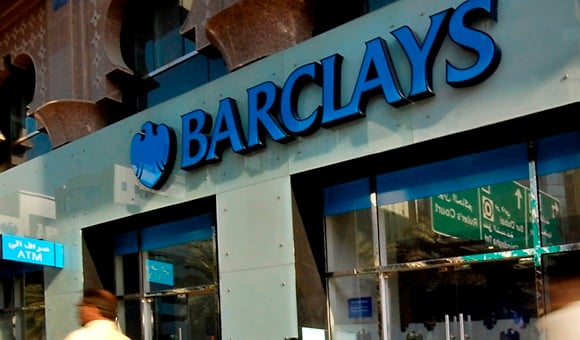Extent of damages sought by civil litigants could be astronomical
The ghosts of the financial crisis continue to haunt the world's biggest financial institutions. And the unfolding Libor manipulation scandal could prove to be the scariest of them all.
Last week, Barclays PLC, one of 16 banks that submitted information to the British Bankers' Association to compile the London Interbank Offered Rate and Euro Interbank Offered Rate interest rates between 2005 and 2009, agreed to a $453 million fine for submitting false information to the BBA. The bank's chief executive and chairman resigned over the situation.
The other banks still being investigated by the Justice Department and the Commodity Futures Trading Commission, including Bank of America Corp., Citigroup Inc., JPMorgan Chase & Co. and UBS AG, likely will look to settle with regulators now, said one New York-based securities lawyer, who asked not to be identified.
“It depends on the internal politics of each firm, but I think all the banks will now be inclined to reach a settlement with regulators,” he said “When one large institution settles, it creates a dynamic, and the other parties are more likely to come to the table.”
The U.S. and U.K. government investigations are trouble enough. Figuring out the damage from civil litigation, however, is complex in the extreme. Class action cases have been consolidated in federal court in New York, and the banks as a group filed a motion to dismiss the litigation last week.
The calculation of potential damages to parties such as The Charles Schwab Corp. and the city of Baltimore, lead plaintiffs in the New York litigation, will be staggeringly difficult to calculate. Given that the Libor rates for multiple currencies and for varying maturities serve as the reference rates for approximately $450 trillion in financial derivatives, as well as billions in loan contracts, mortgages and credit card agreements, the class of victims in this case is potentially huge.
According to the statement of facts issued by the Justice Department in the case, Barclays variously submitted false information to the British Bankers' Association either to benefit the positions of derivatives traders at the firm or to benefit the bank more generally. The department said that traders made “frequent requests for favorable dollar Libor contributions” to the rate submitters between 2005 and 2007. There also appear to be communications between employees of different Libor-reporting banks.
The e-mails between the two groups are a gold mine for plaintiff's attorneys. “It looks like there's a mother lode of e-mails,” the securities lawyer said. “It gives them a serious leg up.”
Of even greater potential impact on the banks is whether senior managers are implicated in the scandal. The Justice Department said that beginning in August 2007, “senior managers in [Barclays'] treasury department and managers of the money markets desk” directed personnel to submit lower rates to the Libor panel so the bank wouldn't be seen as having a liquidity issue during the financial crisis.
It must be stated emphatically that no banks other than Barclays have been accused of wrongdoing. But if the scandal expands, Libor could be the biggest legal mess since the subprime debacle.







